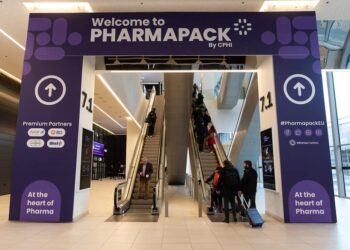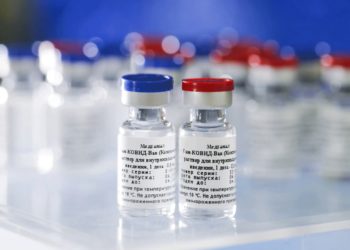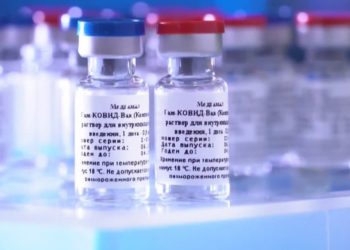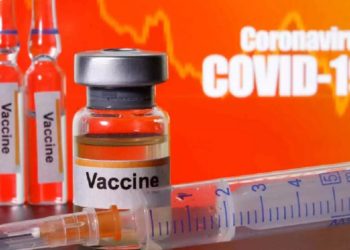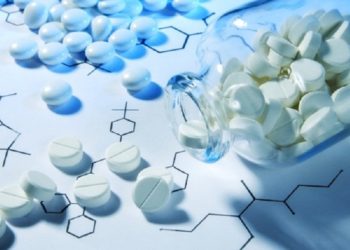Selincro (nalmefene) is an injected drug for the treatment of alcohol dependence. The drug was originally developed by Key Pharmaceuticals in the 1980s and 90s. In 1998 Biotie Therapies obtained the rights to the compound, and started clinical trials in 1999.
In 2006, Lundbeck purchased the global manufacturing and development rights to Selincro from Biotie for a sum of €12m and an upfront payment of €84m as a sales milestone.
Lundbeck initiated Phase III (ESSENSE 2) clinical trials on the drug in March 2009. It submitted the European Marketing Authorisation Application (MAA) in December 2011.
The European Medicines Agency (EMA) accepted Selincro for review. Lundbeck has received a positive opinion from the committee for medicinal products for human use (CHMP).
Alcohol dependence
Addiction to alcohol or alcohol dependence is a disease usually known as alcoholism. The afflicted person develops a strong desire for alcohol and is unable to limit their drinking amounts.
“In 2006, Lundbeck purchased the global manufacturing rights to nalmefene.”
Selincro, an opioid receptor antagonist
Nalmefene contains an opioid receptor antagonist, which inhibits the reward pathway in the brain that reinforces the strong desire for alcohol and other substances in addicts.
The drug contains a 6-methylene analogue of naltrexone in injectable form. It works by blocking opiate receptors that prevent toxic effects of narcotic analgesics.
Clinical trials
Lundbeck conducted a set of Phase III clinical trials called ESSENSE1 from December 2008 to November 2010 across Austria, Sweden, Germany and Finland. The study enrolled 598 alcohol dependants as per DSM- IV-TR standards.
The purpose was to evaluate the efficacy and safety of Nalmefene against a placebo in a 24 week timeframe. The primary outcome measure was to find the change in the monthly number of heavy drinking days from the baseline and also the change in total alcohol consumption from the baseline. The secondary outcome measures included finding the liver function, pharmacoeconomic outcomes, tolerability and safety of the drug and the treatment discontinuation effects.
A second set of Phase III trials named ESSENSE 2 were initiated in March 2009. It enrolled 718 participants and was completed in June 2011. The purpose was to evaluate the efficacy and safety of nalmefene in treating alcohol dependency against a placebo. The primary outcome was to measure the change in the number of heavy drinking days from the baseline. The change in total alcohol consumption from the baseline in a 24-week time frame was measured. The secondary outcome measures included pharmacoeconomic outcomes and safety and tolerability of the drug in treating alcohol dependence.
The results of the study demonstrated that nalmefene has a significant potential to help individuals with alcohol dependence in reducing their alcohol consumption. The people administered with nalmefene showed reduction in heavy drinking days. The study also found that nalmefene was safe and well-tolerated.
The company also conducted Phase III clinical trials on the drug from March 2009 to November 2010 across 61 centres worldwide. Known as SENSE, the study enrolled 665 alcohol dependants who were diagnosed as per DSM (Diagnostic and Statistical Manual of Mental Disorders) -IV-TR.
“Nalmefene contains an opioid receptor antagonist.”
The purpose of the study was to establish the tolerability and long-term safety of nalmefene against a placebo. The primary outcome measure was to check the safety of the drug by measuring the adverse events, vital signs, body mass index, weight, clinical laboratory tests outcomes, physical examinations and electrocardiograms within a time frame of 52 weeks.
The secondary outcome measures included finding pharmacoeconomic outcomes, liver function, and reduction of alcohol consumption and dependence symptoms in 52 weeks.
Marketing commentary
One in 10 deaths in the western world is alcohol-related. Europe alone has about 23m alcohol dependents. Treating alcohol dependence is a large unmet medical need. It is the most under diagnosed disease, with just about 13% of alcohol dependants receiving treatment. Currently there are only a few medicines that have received the marketing approval for treating alcoholics.












